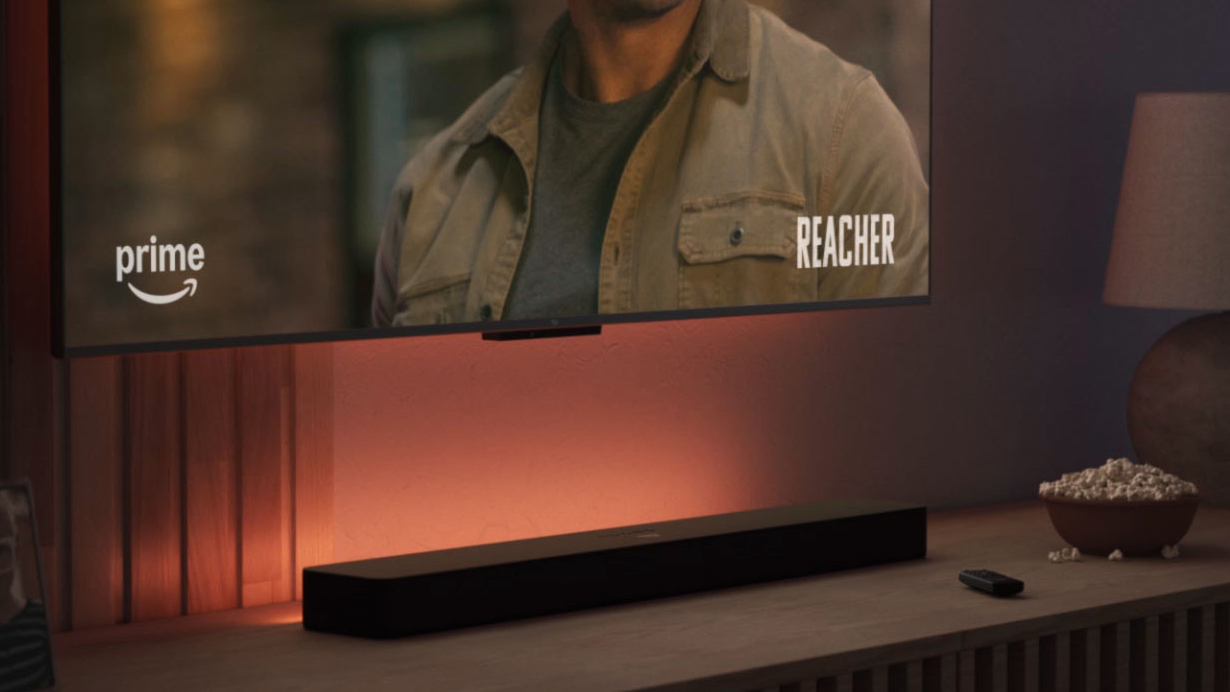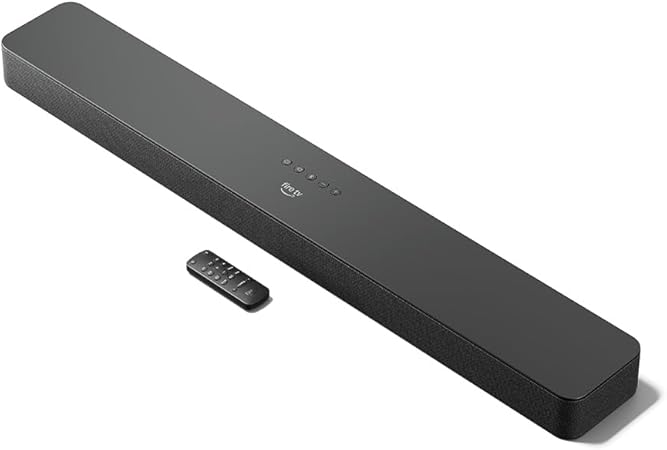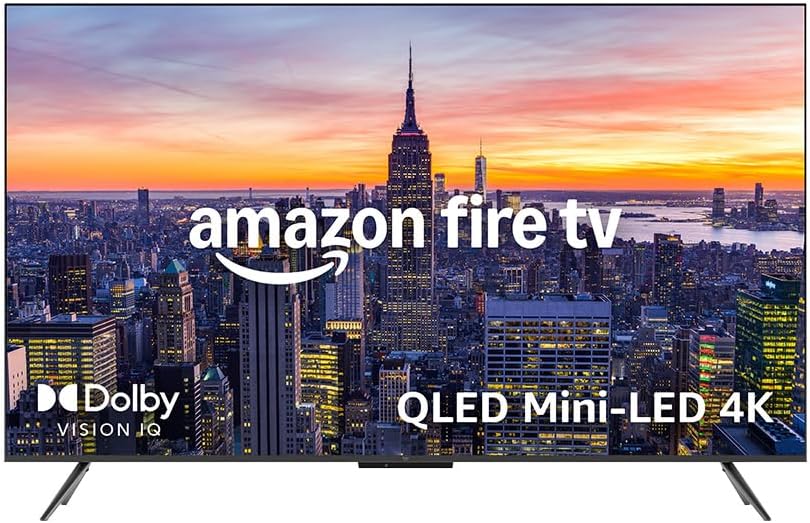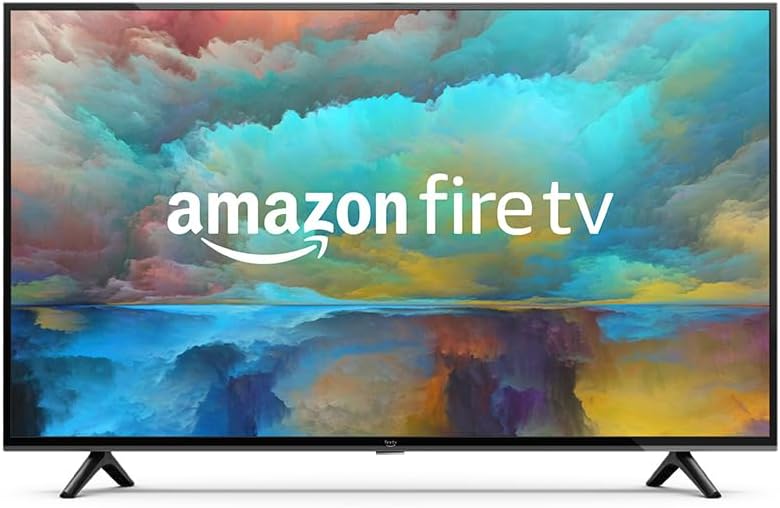Amazon's new soundbar fixes one massive problem I have when watching TV
My roommate will be pleased

Given that my job is to watch and report on all the new TV shows each week, I often find myself watching movies and streaming shows into the early hours, much to the chagrin of my flatmate. That was doubly the case when I tested the Amazon Fire TV Soundbar recently, with its booming sound causing him to shut the living room door in a passive-aggressive display every time I used it past midnight. However a new and improved Fire TV Soundbar promises to fix that problem.
Announced on Thursday, November 14, the Amazon Fire TV Soundbar Plus is, as the name would suggest, an improved version of the 'normal' soundbar. At $249.99/ £249.99, it's more expensive than the $119.99 / £119.99 earlier model, and comes with a few upgrades.
I'm going to skip straight to one of the smaller upgrades, because it's the one I mentioned in the introduction. The older soundbar offered a few different modes that balanced audio depending on what you were watching, including a movies mode and a music one, but the Plus adds two more: Sports and Night.
Sports will change the EQ to let you hear commentators and the noises of the game better over the roar of a crowd, but Night is the one I'm most interested in. Amazon's marketing details that this offers "crisp dialogue at low volumes and minimised bass" but we all know what this really means: you can turn down the volume on your TV while you're streaming Only Murders at 2am and still be able to hear what's going on. I bet my flatmate will be overjoyed, knowing that I can turn down the soundbar without ruining my viewing experience (and, less importantly, without ruining his sleep schedule).

Amazon's newest soundbar comes with new modes, more speakers and a bigger body. It costs more than its predecessor.
This may seem like a minor improvement, but features like this are sometimes more important than pure specs-based improvements in gadgets, so I'm glad to see it.
The Amazon Fire TV Soundbar Plus does have audio improvements too, of course, with a menagerie of speakers, tweeters and woofers to hopefully deliver better audio than the non-Plus option. It supports lots of the same audio standards like Dolby Atmos and DTS:X, and has audio refinements that make dialogue crisper and easier to hear.
We'll test out the Amazon Fire TV Soundbar Plus as soon as we can to see whether it's worth buying, and how it compares to the existing model.
Get the What to Watch Newsletter
The latest updates, reviews and unmissable series to watch and more!
Alongside the Fire TV Soundbar Plus, Amazon announced some new Fire TV tellies. The first is the Fire TV Omni Mini-LED Series, a range of new TVs which use QLED Mini-LED, which is basically a screen technology that greatly improves contrast and brightness. As a result these new sets cost a lot: $819 / £849 for the 55-inch model, $1,089 / £1,149 for the 65-inch one and $1,499 / £1,599 for the 75-inch monolith.
The fancy screen tech isn't the only reason that those prices are high with impressive built-in speakers, gaming features, some software improvements and more.

Some of the fanciest-looking TVs ever made by Amazon, the Mini-LED series use a cutting-edge new screen technology to make your movies and TV shows like vibrant and sharp. They also have loads of top-of-the-line audio and video features, impressive built-in speakers and some software features to make them the centerpoint of your home.
For people who are raising eyebrows at those prices, Amazon has also announced and released another set of more affordable TVs: the Fire TV 4-Series.
These start at $329 for the 43-inch option and also have 50- and 55-inch options. This is an improved look for Amazon's standard line of TVs with a thinner bezel (which means the ring around the screen is smaller).
I've cited prices for all these gadgets but most have limited-time reductions, so if you're really keen for them you can save some cash. I'd recommend waiting for our reviews though!

Tom is the streaming and ecommerce writer at What to Watch, covering streaming services in the US and UK. His goal is to help you navigate the busy and confusing online video market, to help you find the TV, movies and sports that you're looking for without having to spend too much money.











